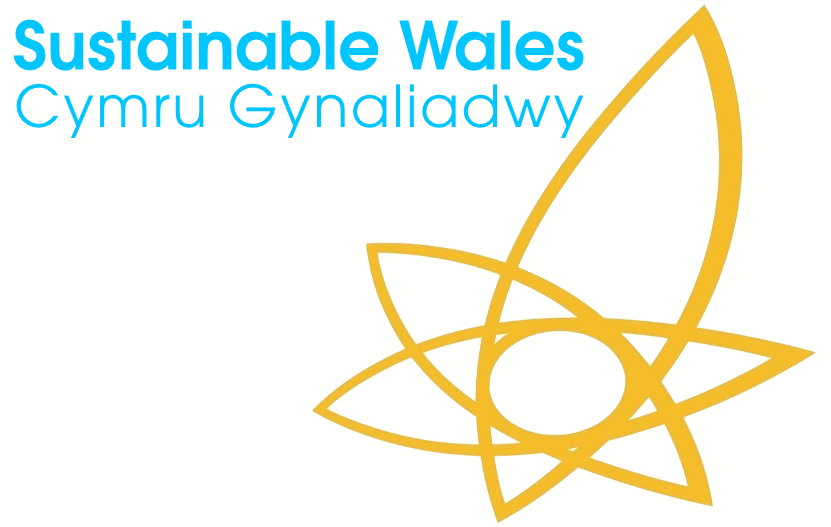The Bridgend Local Energy Group (BLEG) was established by the charity https://www.sustainablewales.org.uk/ to explore options for developing local, low carbon energy initiatives.
Sustainable Wales - Cymru Gynaliadwy is a charity that has been based in Porthcawl and Bridgend County Borough for over twenty years. It is progressive in outlook and aims to encourage behavioural change https://www.sustainablewales.org.uk/
FAO Bridgend Borough Development and Building Control Department
Dear Hayley Kemp
Thank you for the opportunity to add additional comment to the above proposed development in Porthcawl.
May firstly I remind you that we are keen to see a proposal on the former Glamorgan Holiday Home site.
However, the BLEG Group do not think the amended documents relate specifically to the environmental performance of the proposals. The Design and Access Statement has not been revised since the version of 12th June 2020.
We believe that our earlier comments of July 2020 are thus still valid and are of continuing concern. We resubmit those…enclosed.
In addition, the Bridgend Borough Local Development Plan 2006 - 2021
Page 21 PLA4 entitled ‘Producing High Quality Sustainable Places’ states that ‘all development proposals will be required to make a positive contribution to climate change”. This document was produced over 15 years ago and we all now know that this issue is a real and present danger and practical responses are of the utmost urgency. Society can no longer condone ‘business as usual’.
We enclose also the text from this section of the LDP and highlight specific reference to the climate and nature.
Section 3.2.9 indeed outlining the important role of the planning system to ensure a climate response. 3.2.10 reminding us of the fact that the building may well have a design life of 75-100 years.
The Supplementary Planning Guidance 12 – Sustainable Energy SPG12 – sustainable energy adds weight to zero carbon responsibilities.
We remind BCBC Planning department and the Development Control Committee of the content of these documents above, along with our original submission.
Yours faithfully,
Margaret Minhinnick, Daniel Williams and Tara King on behalf of the Bridgend Local Energy Group.
Enc.
2.Bridgend Local Development Plan 2006-2021 Policy PLA4 p 23
3.Bridgend Local Energy Group response July 29, 2020
Supplementary Planning Guidance 12 SPG12 – sustainable energy
Appendices:
Bridgend Local Development Plan 2006-2021
Policy PLA4 p 23
Climate Change and Peak Oil
All development proposals will be required to make a positive contribution towards tackling the causes of, and adapting to the impacts of Climate Change and Peak Oil issues by:1) Having lower carbon energy requirements by reducing energy demand, and promoting energy efficiency;2) Utilising local materials and supplies (including food) wherever feasible;3) Encouraging the development of renewable energy generation;4) Having a location and layout which reflects sustainable transport and access principles, thereby reducing the overall need to travel;5) Having a design, layout and landscaping which:(i) helps wildlife and habitats to adapt to the changing climate;(ii)assists cooling of the urban environment, including the use of passive building techniques where appropriate;6) Using resources more efficiently, and minimising wastewater use and pollution;7) Avoiding or minimising the risk from flooding and/or adapting to the increased risk of flooding, coastal erosion and warmer annual mean temperatures; and 8) Promoting sustainable building methods and drainage systems
3.2.8 Climate change is regarded to be one of the biggest threats facing our planet today. It is predicted that by 2050, Wales will be warmer by approximately 2.3º C, with 14% more rainfall in winter and 16% less in summer. Sea levels in 2050 are expected to have risen by 20cm. Climate change is now viewed by the UK and Welsh Governments as a fundamental issue which needs to be addressed.
3.2.9 The planning system, therefore, has an important role to play in ensuring that measures are taken to reduce the causes of climate change, most notably the emission of greenhouse gases, in new developments. National planning policy already sets out the requirements for new residential and commercial developments to achieve Code for Sustainable Homes Level 3 and BREEAM ‘Very Good’ (respectively).
3.2.10 However, the need to adapt to future climate changes is also extremely crucial. It is important that the effects of climate change are considered over the lifetime of a development. A scheme may have a design life of 75 - 100 years (depending upon location and usage intensity). Policy PLA4 therefore requires development proposals to consider their impacts on the climate and to demonstrate how it adapts to the effects of climate change as well as allowing surrounding wildlife and habitats to adapt around it.
3.2.11Of immediate and paramount concern to many will be the increased risk of flooding caused by climate change. The Council will resist inappropriate development within floodplains where such development would itself be at risk from flooding or may cause flooding elsewhere.
3.2.12 Risk to life is of paramount concern in relation to any development in areas at risk from flooding, but especially for residential development in tidal (including estuarine) and coast allocations. Therefore, all new development sites proposed in the LDP have been assessed by the Council using data supplied by the Environment Agency Wales. However, these assessments and the work undertaken as part of the LDP Strategic Flood Consequences Assessment (SFCA) should only be regarded as the starting point for more detailed scrutiny of future proposals. More detailed Flood Consequences Assessments (FCAs) will be required on specific site at the planning application stage.
Supplementary Planning Guidance 12 SPG12 – sustainable energy
1.1.3 This, in conjunction with progressive changes in Building Regulations requirements will help to achieve the Welsh Government’s target for all new buildings to be built to zero carbon (and nearly zero energy) standards by 2021, which is also the end date of the current Bridgend LDP.
NOTE 2: DESIGN AND ACCESS/PLANNING STATEMENTS All planning applications should be accompanied by Design and Access Statements or Planning Statements which shall include information on how the development proposal helps to combat the causes of Climate Change through energy and resource efficiency measures.
We could add more…




